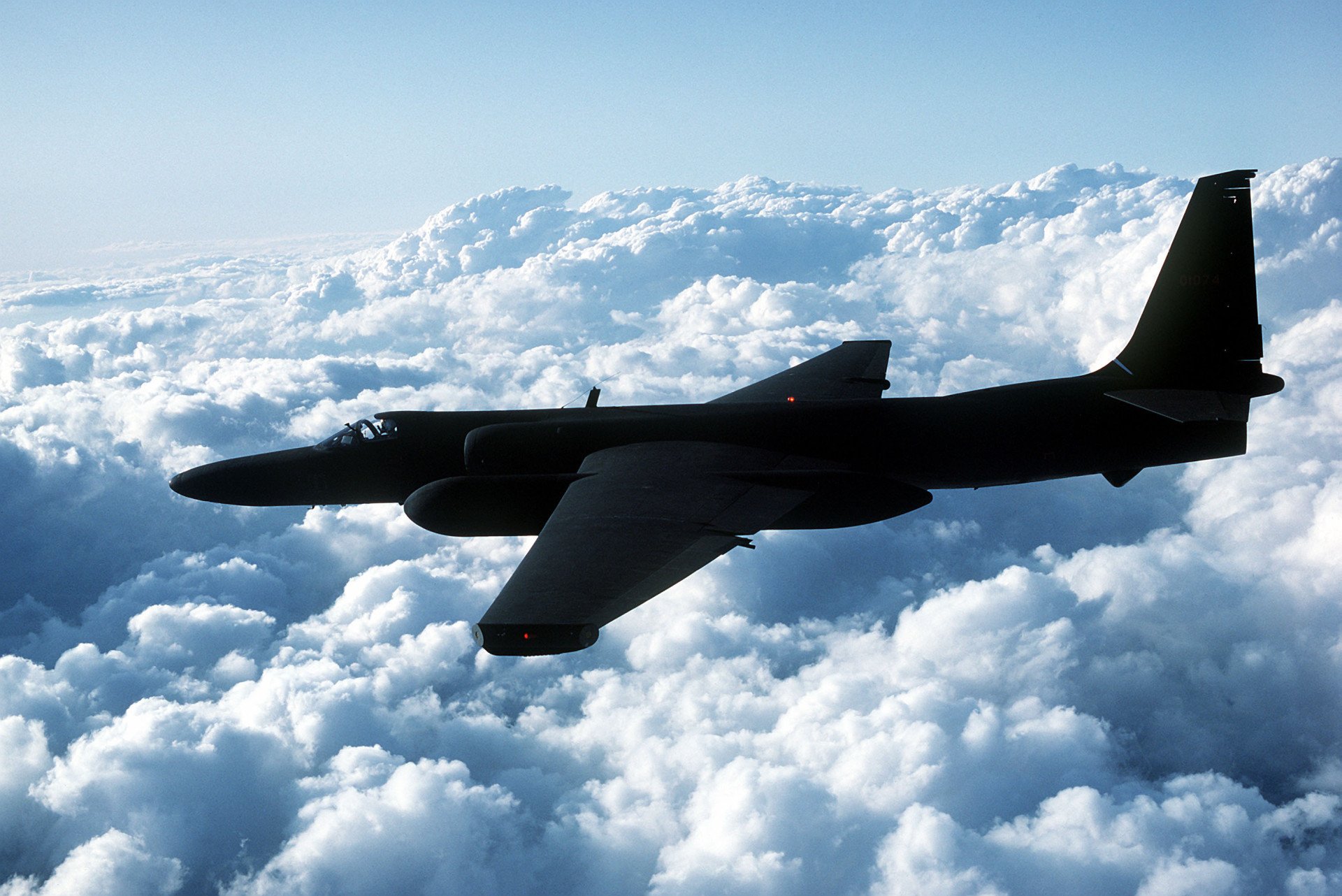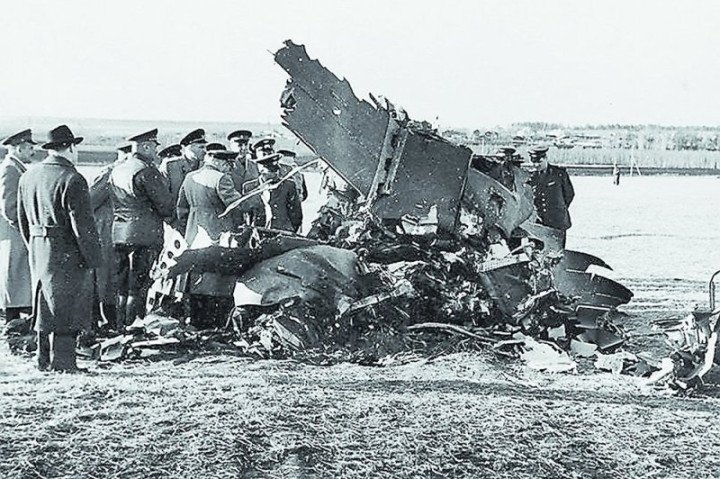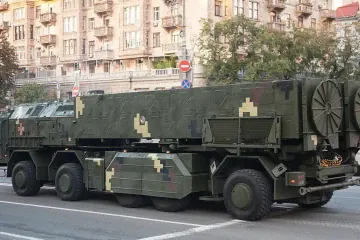- Category
- Latest news
How the USSR Tried to Clone a US Spy Plane After Shooting It Down—And Still Failed

In the 1960s, the Soviet Union attempted to replicate the American U-2 spy plane using parts recovered from a downed aircraft. Despite efforts to reverse-engineer both the airframe and its engine, the S-13 project never took off—literally or figuratively.
In the early 1960s, the Soviet Union attempted to reverse-engineer the American U-2 reconnaissance aircraft, launching a domestic program under the designation S-13.
Despite technical efforts led by the Beriev Design Bureau in Taganrog, the project was ultimately discontinued before any prototypes reached flight testing.
According to Defense Express on May 8, the initiative followed the May 1960 shootdown of a US U-2 spy plane over Sverdlovsk region, an incident that allowed Soviet engineers to access wreckage scattered across a large area.
Components of the aircraft’s airframe, powerplant, and onboard systems were analyzed and eventually delivered to the Beriev bureau for further study.

In June 1960, Soviet authorities authorized a program to copy the U-2's J75-P-13 turbojet engine, assigning it the designation RD-16-75. Two months later, a government directive launched a full-scale effort to replicate the aircraft itself. The goal was to produce at least two airworthy S-13 aircraft by the first quarter of 1962.
However, significant technical barriers emerged. Soviet industry was unable to match the US aircraft’s lightweight construction. For instance, the landing gear on the S-13 reportedly weighed 150 kilograms—50% more than its American counterpart. Similar discrepancies were observed across multiple components.
A full-scale mockup of the S-13 was completed by April 1961, and detailed engineering drawings were ready by July of that year. Yet no flight prototypes were built. In May 1962, the Soviet government officially cancelled the program.

While no photos of physical S-13 airframes exist in open sources—only schematic drawings remain—the technological groundwork laid during the project reportedly contributed to later Soviet aircraft development.
Russian publications have since characterized the S-13 effort as a case of technological adaptation rather than direct replication.
The episode is often compared to the earlier Soviet cloning of the American B-29 bomber, which led to the creation of the Tu-4. Unlike that earlier success, the S-13 never made it into the air.


-e027084132fee1ae6b313d8b1d5dfc34.jpg)
-72b63a4e0c8c475ad81fe3eed3f63729.jpeg)



